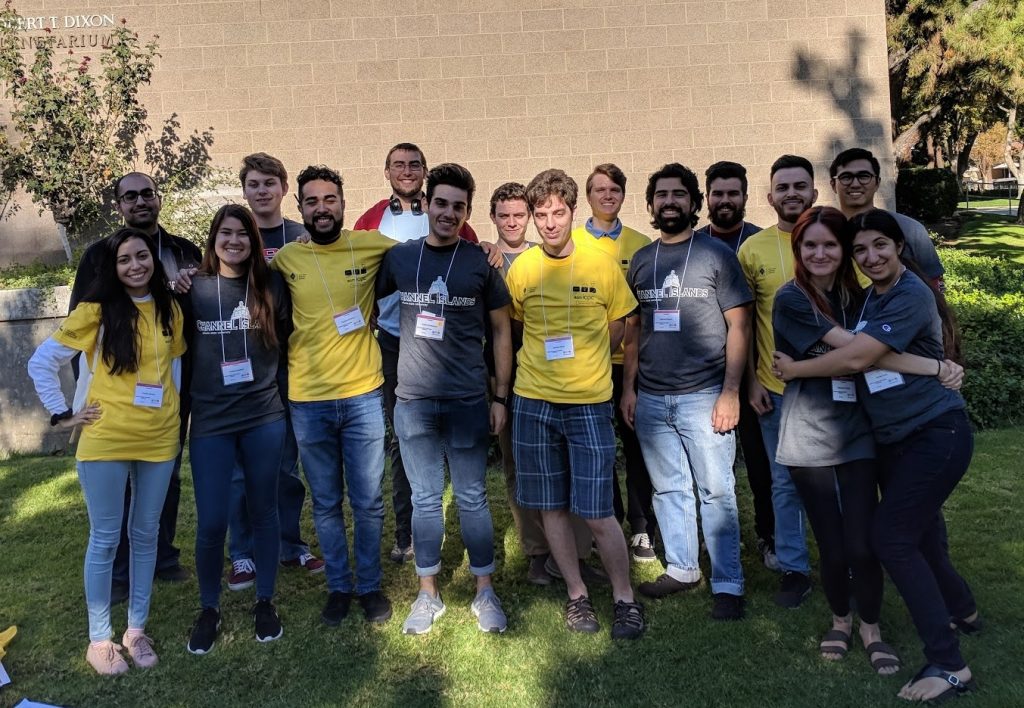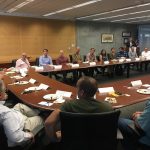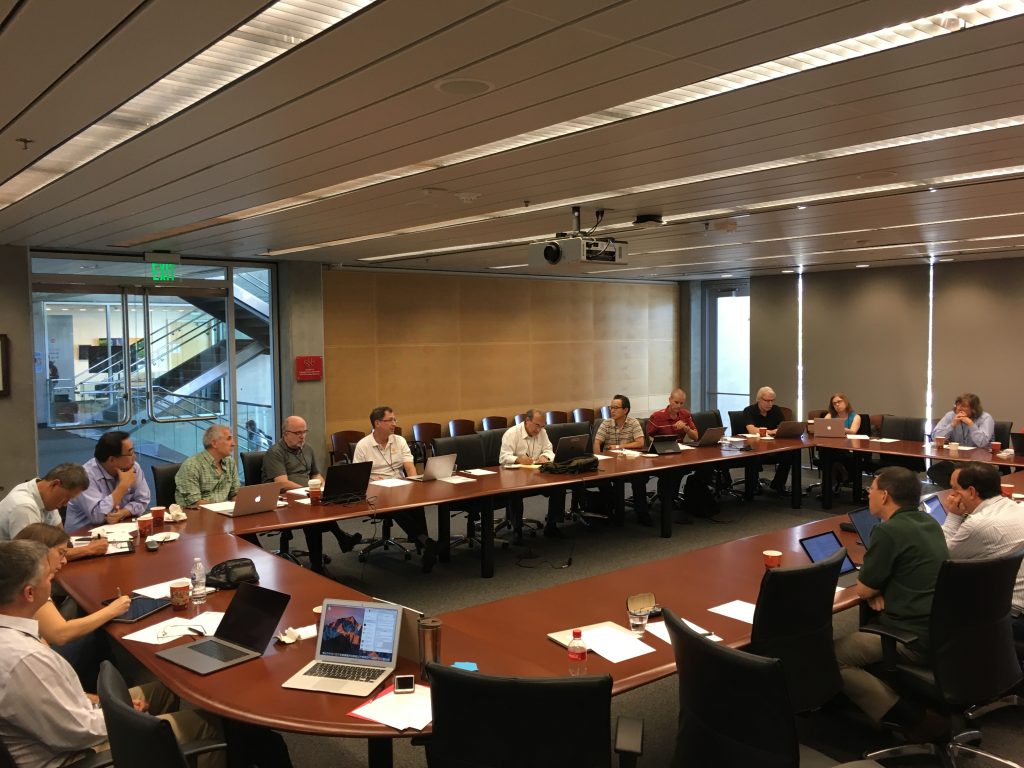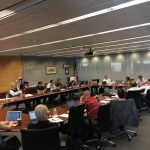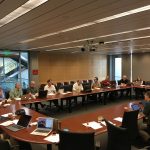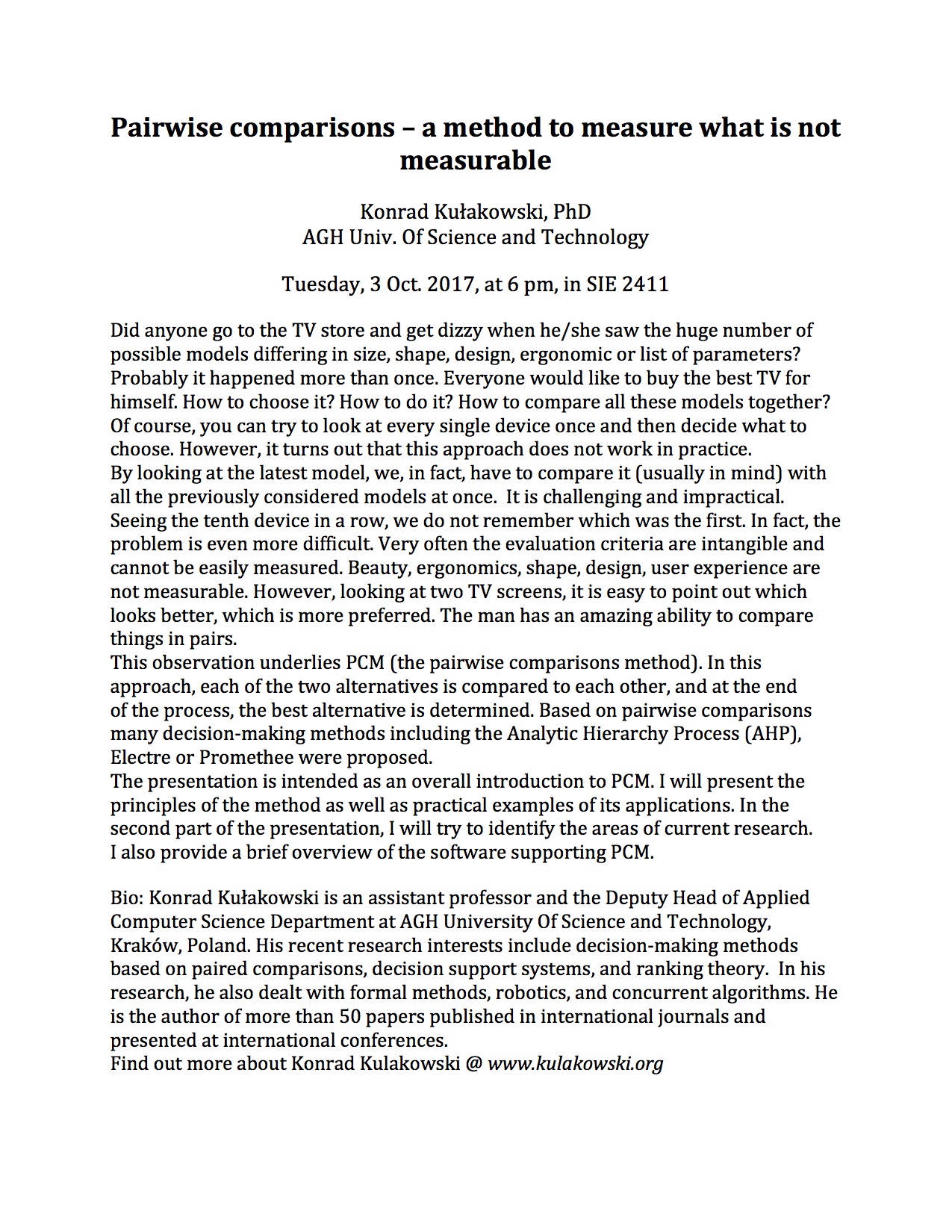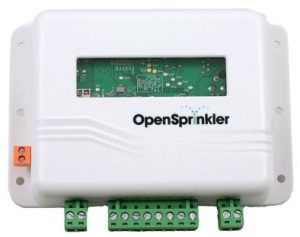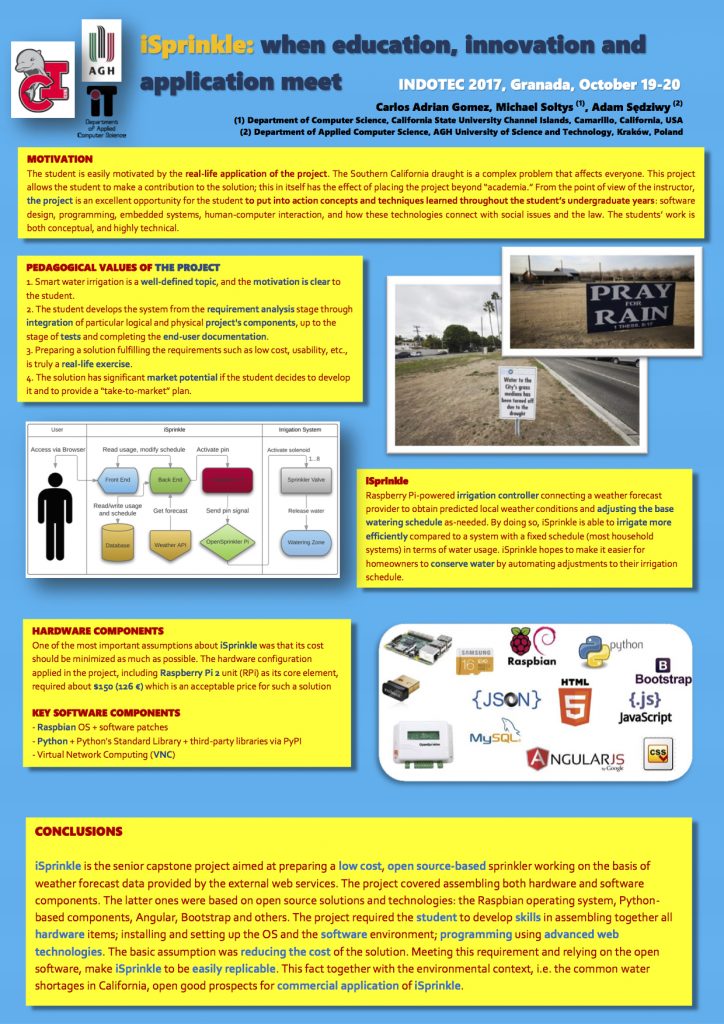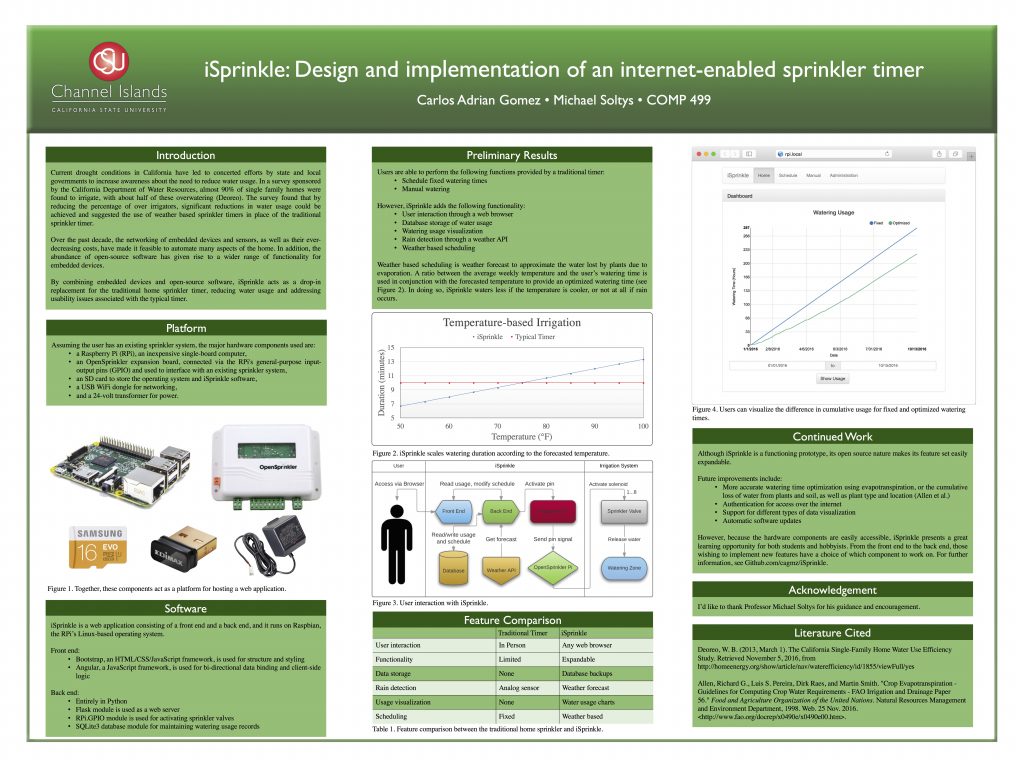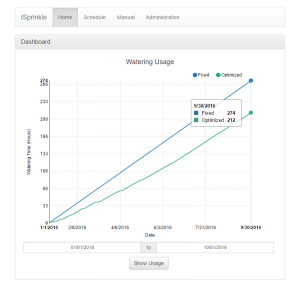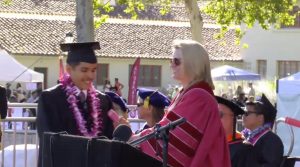A few years ago, during a visit to Cézanne’s studio in Aix-en-Provence, I experienced a flash of insight about the artist that I saw as intrinsic to his becoming the father of modern painting. Once having seen it, it inspired me to move in a new direction in my own work.
Cézanne painted his studio walls a dark gray with a hint of green. Every object in the studio, illuminated by a vast north window, seemed to be absorbed into the gray of this background. There were no telltale reflections around the edges of the objects to separate them from the background itself, as there would have been had the wall been painted white. Therefore, I could see how Cézanne, making his small, patch-like brush marks, might have moved his gaze from object to background, and back again to the objects, without the familiar intervention of the illusion of space. Cézanne’s was the first voice of “flatness,” the first statement of the modern idea that a painting was simply paint on a flat canvas, nothing more, and the environment he made served this idea. The play of light on this particular tone of gray was a precisely keyed background hum that allowed a new exchange between, say, the red of an apple and the equal value of the gray background. It was a proposal of tonal nearness that welcomed the idea of flatness.

